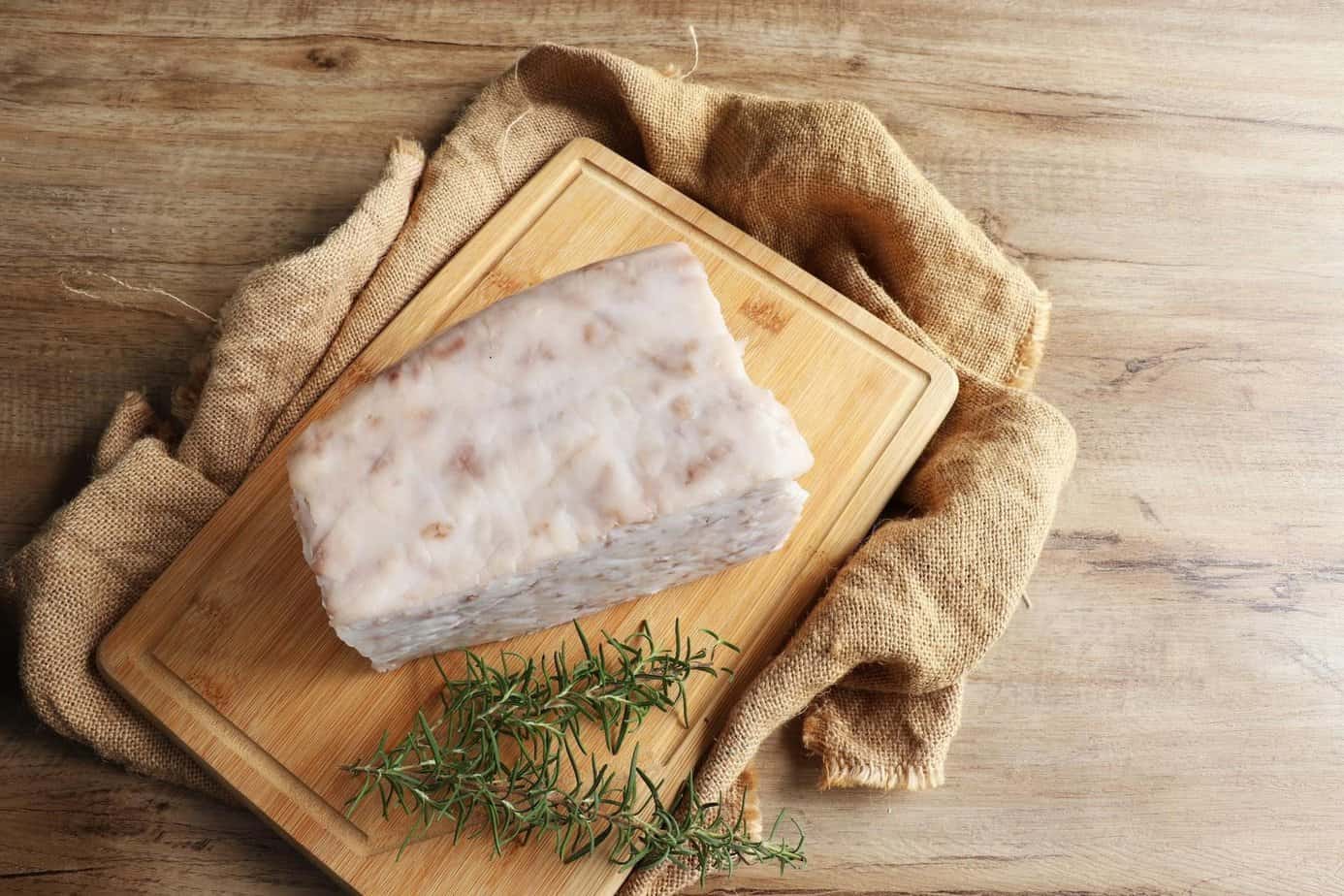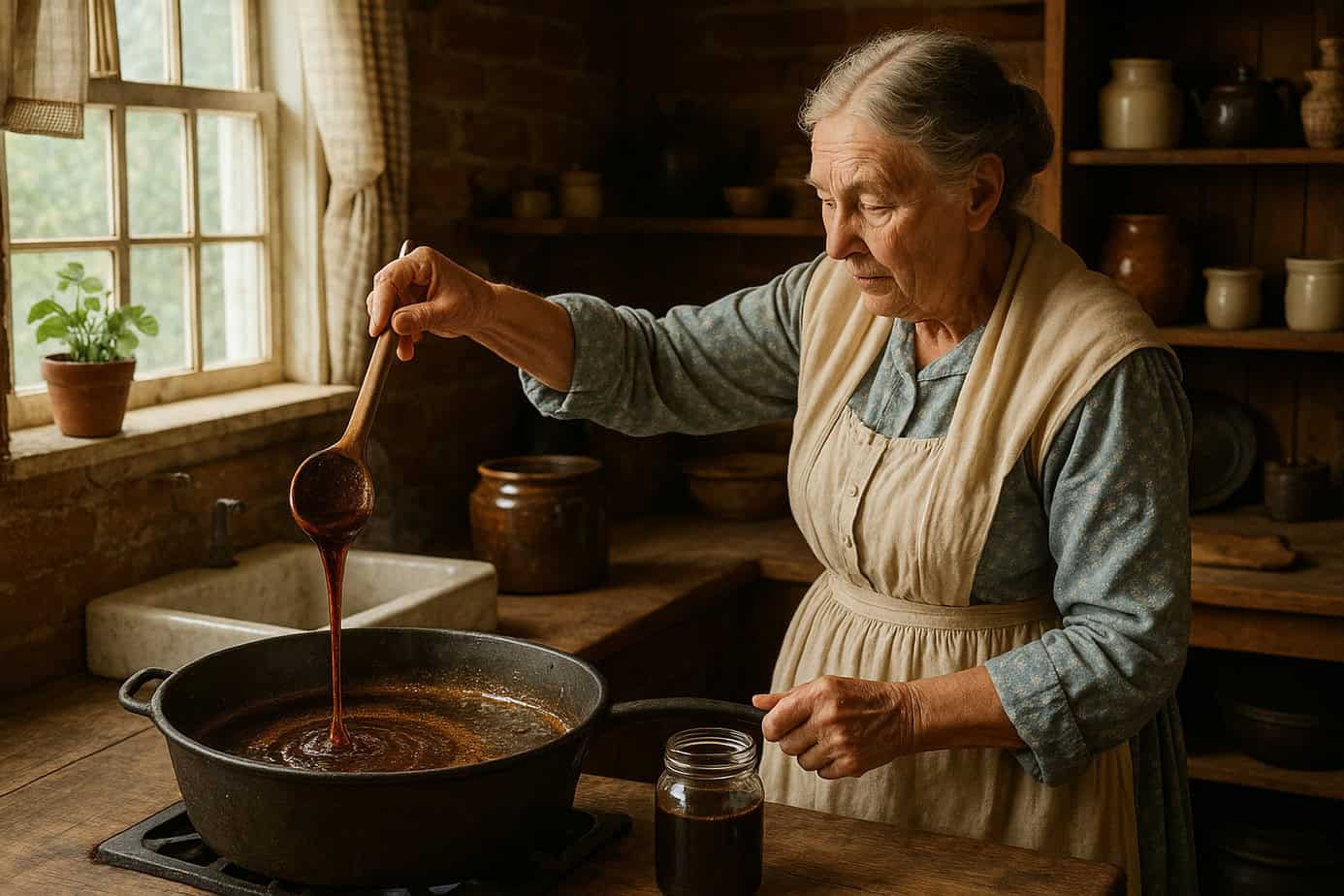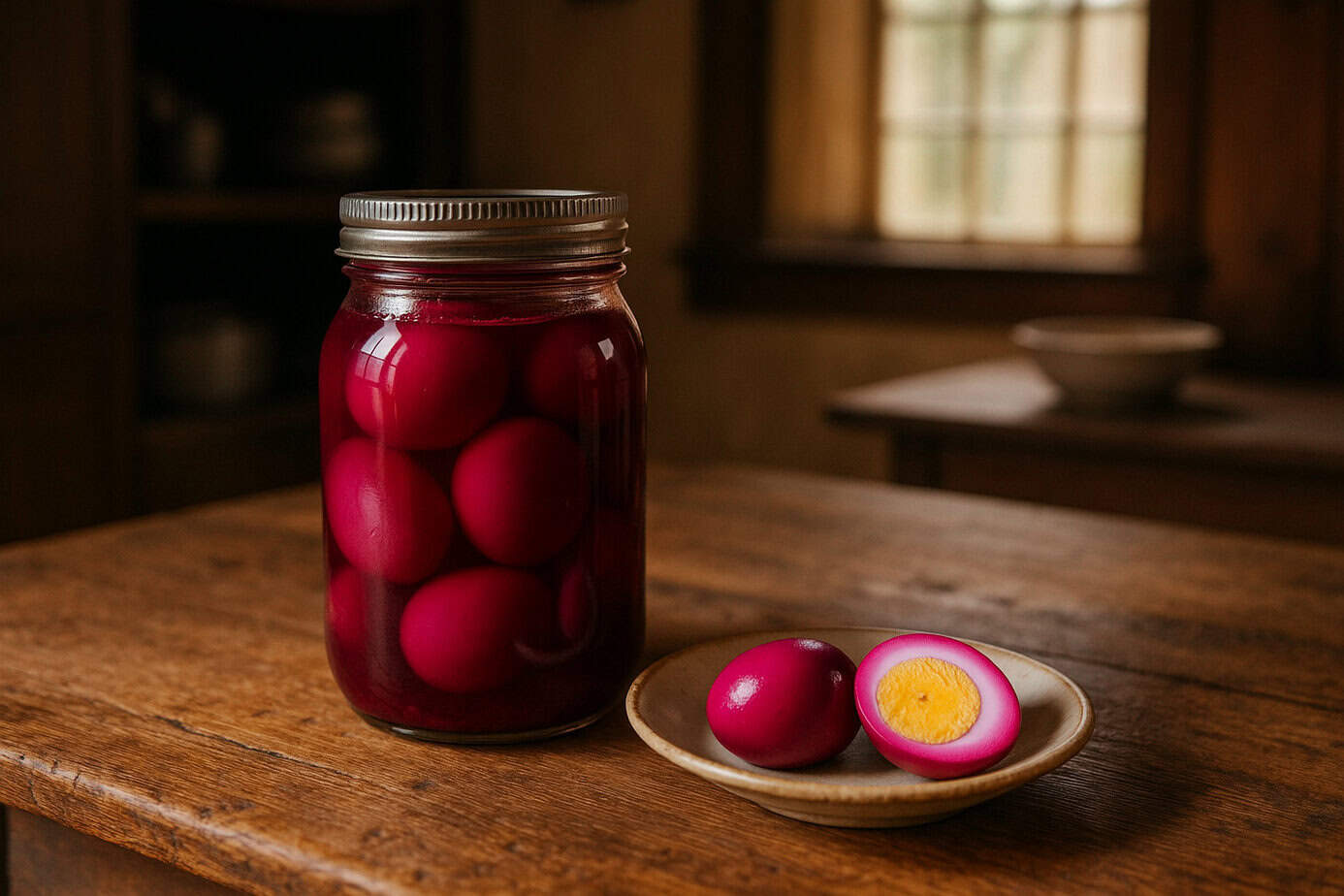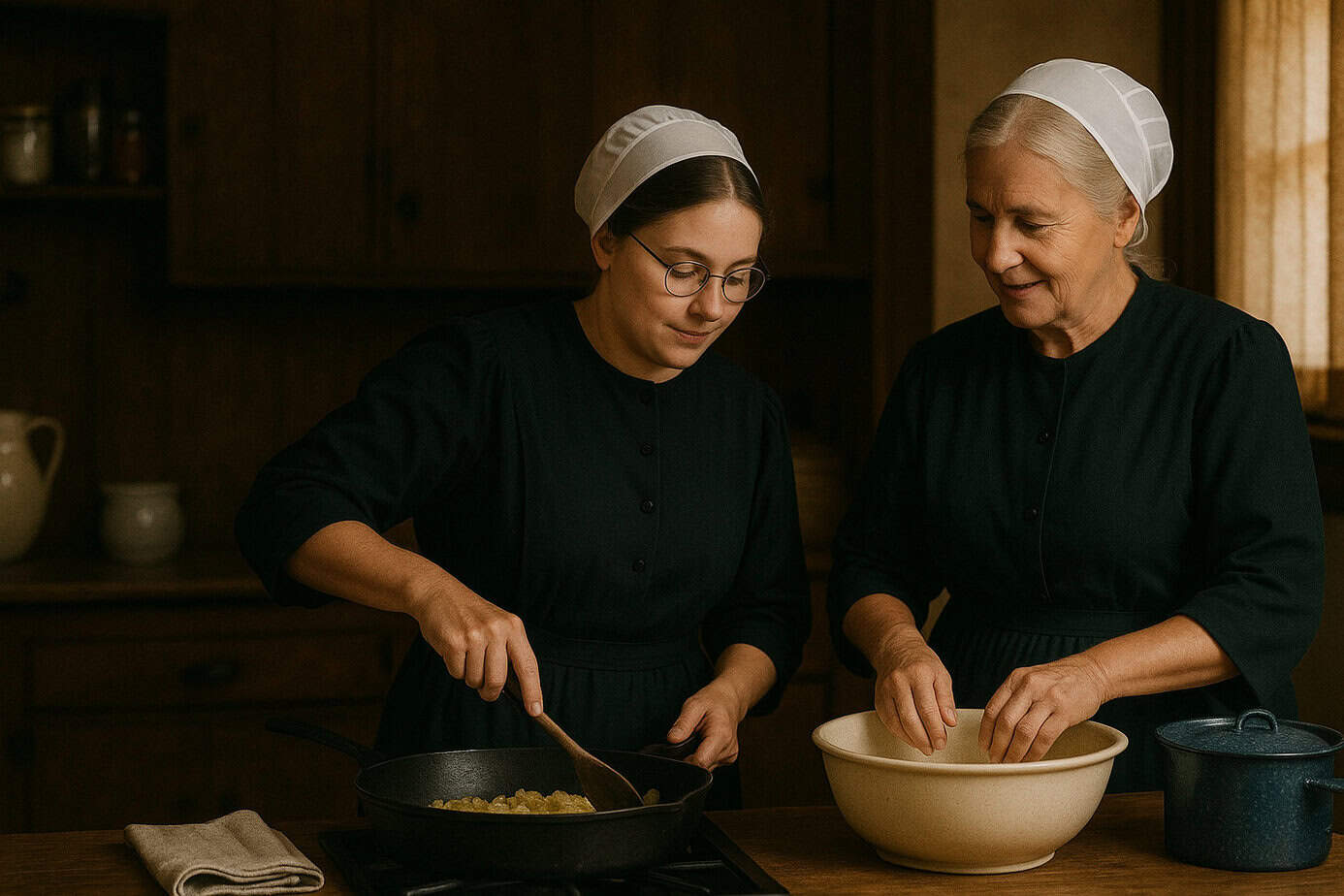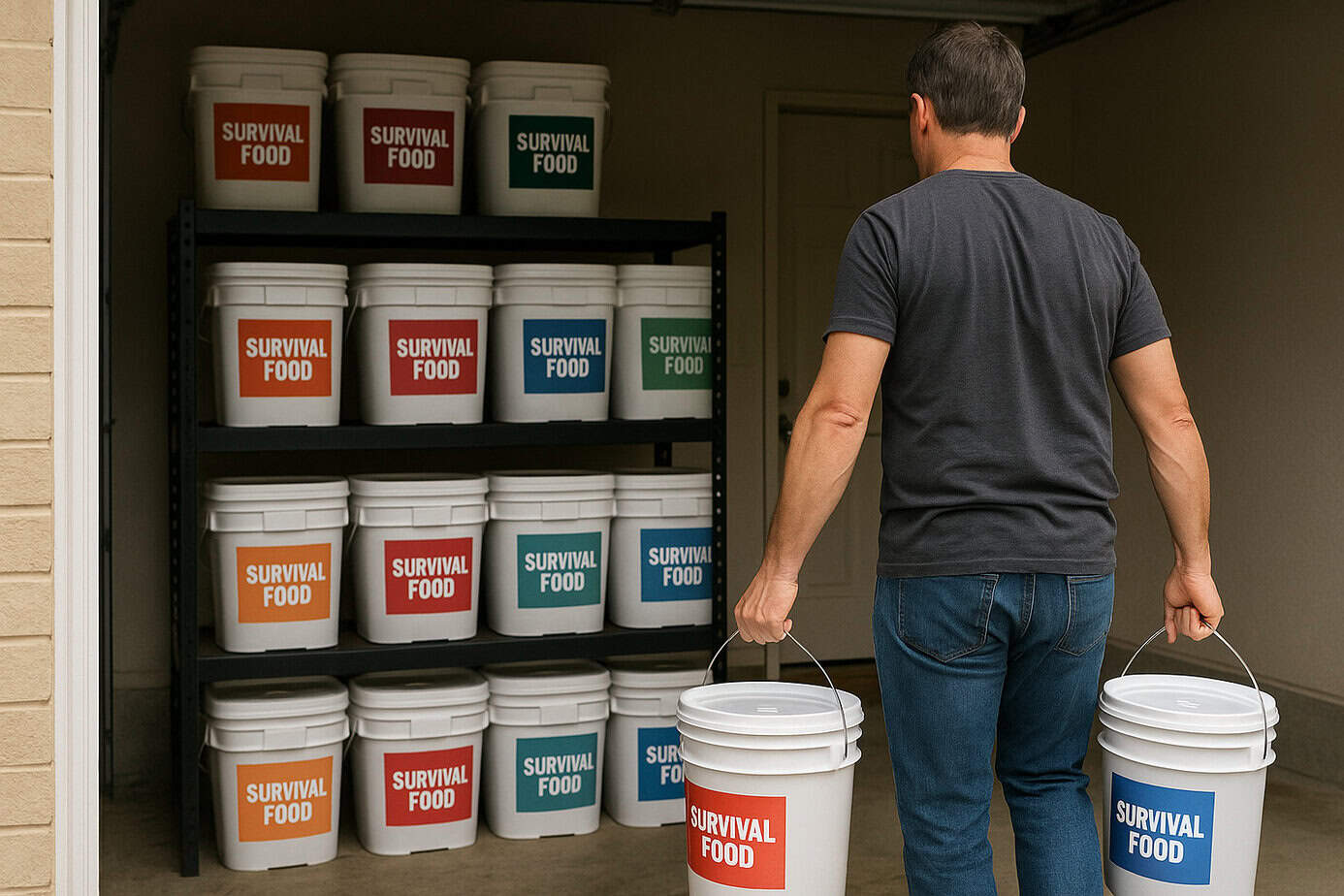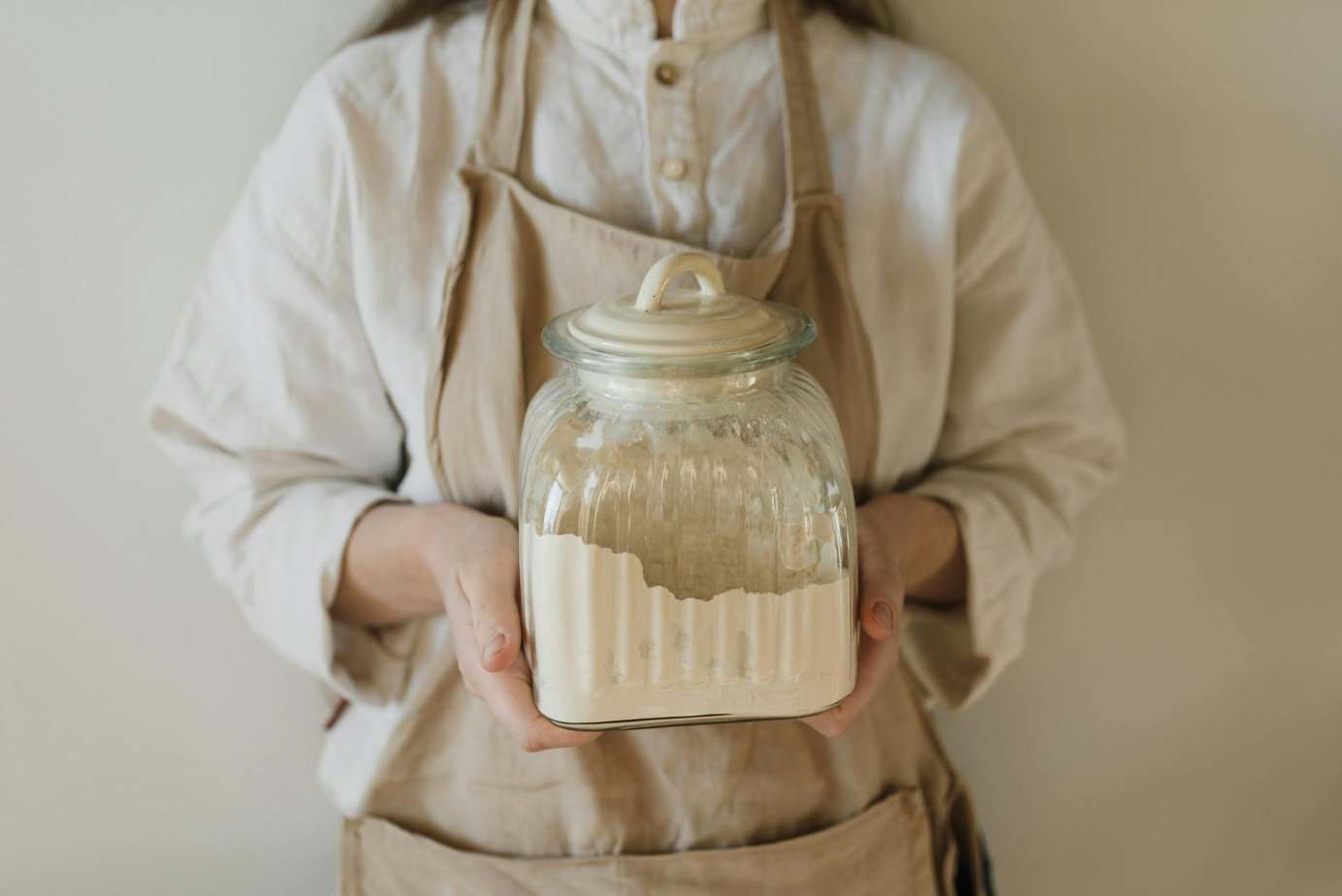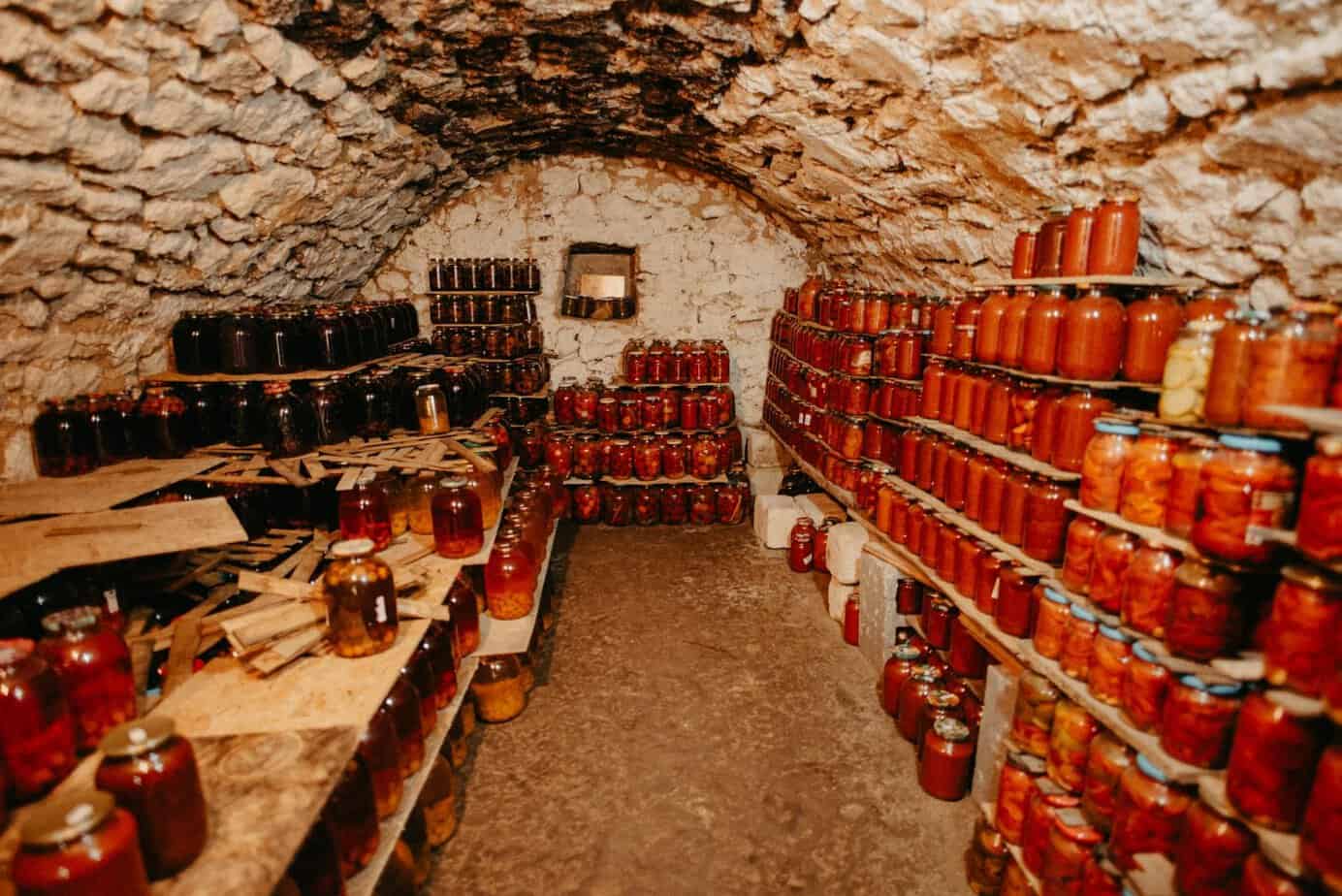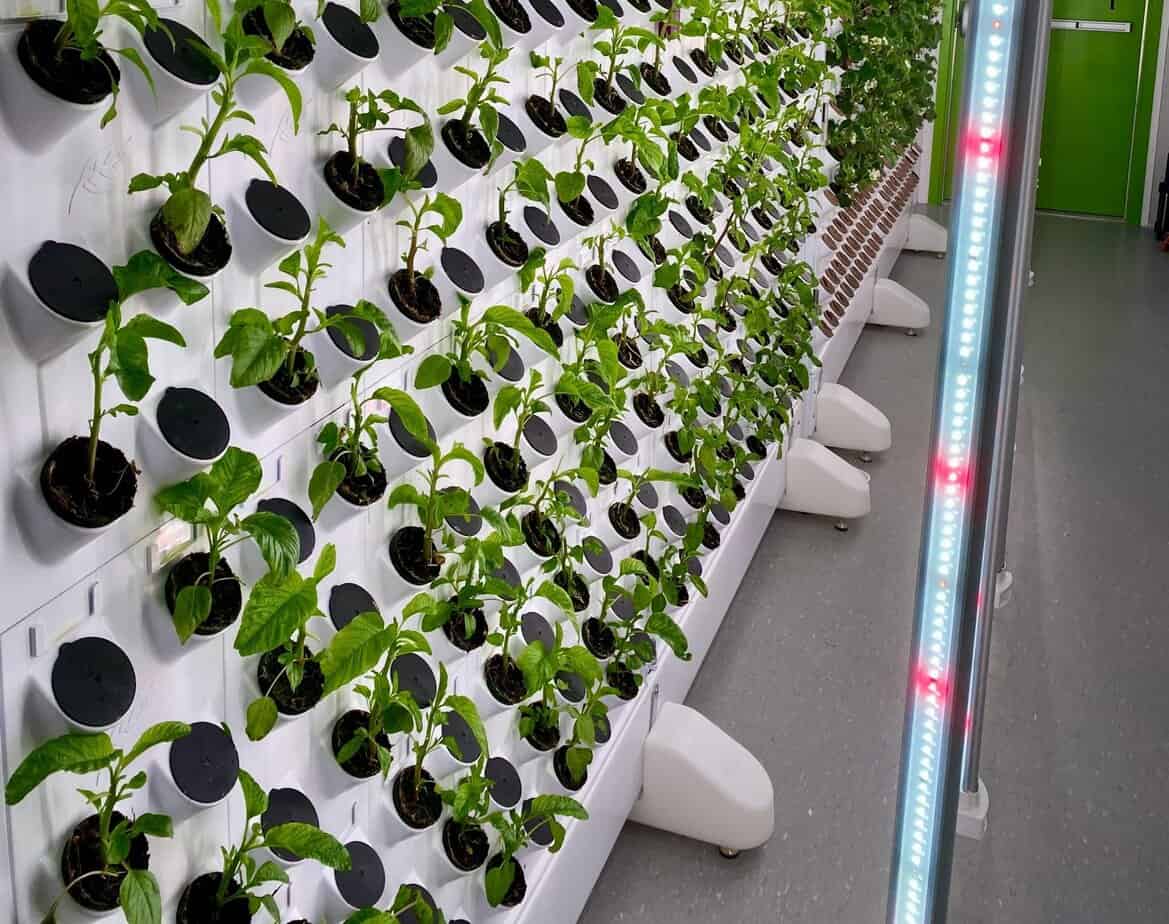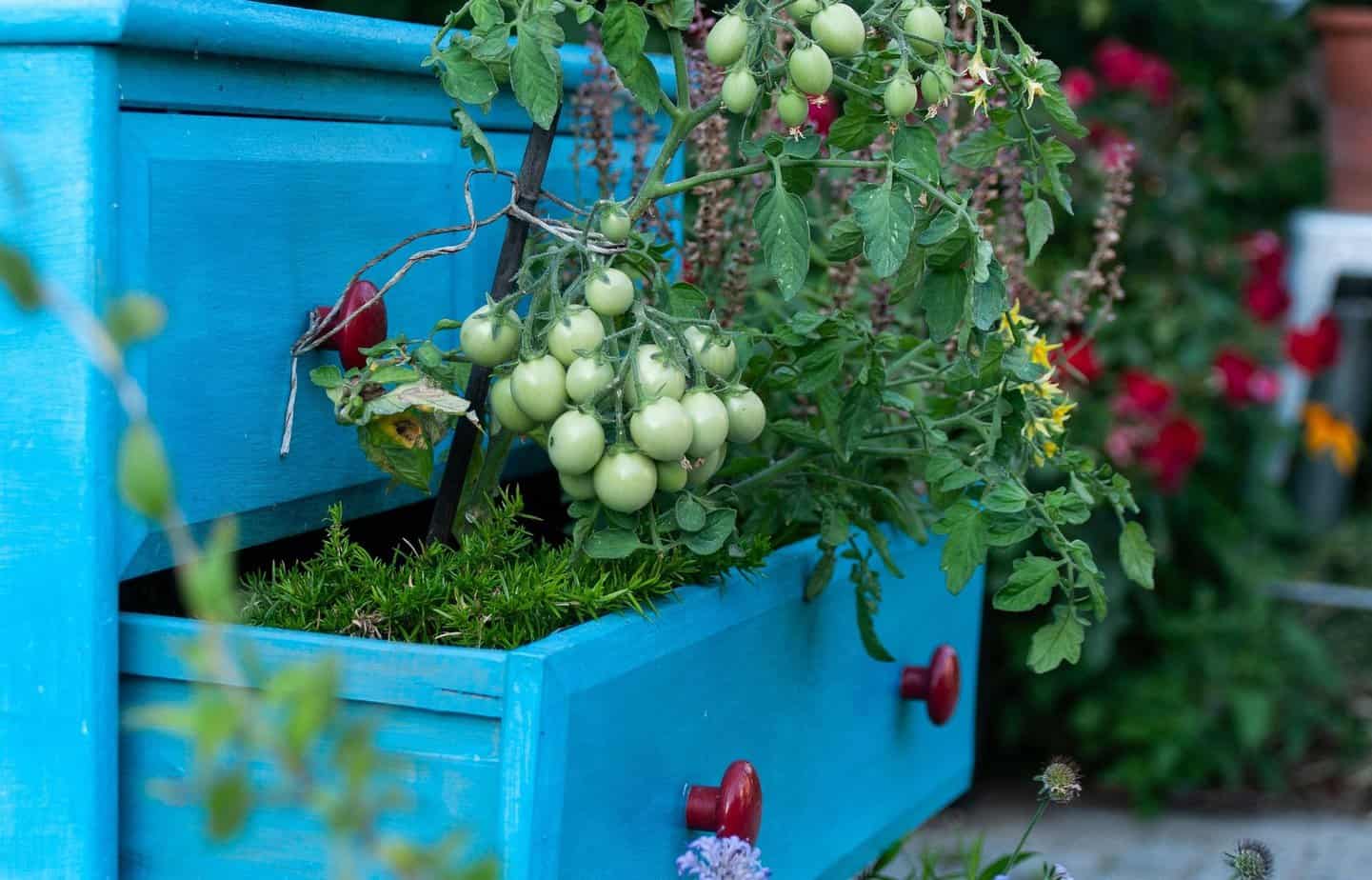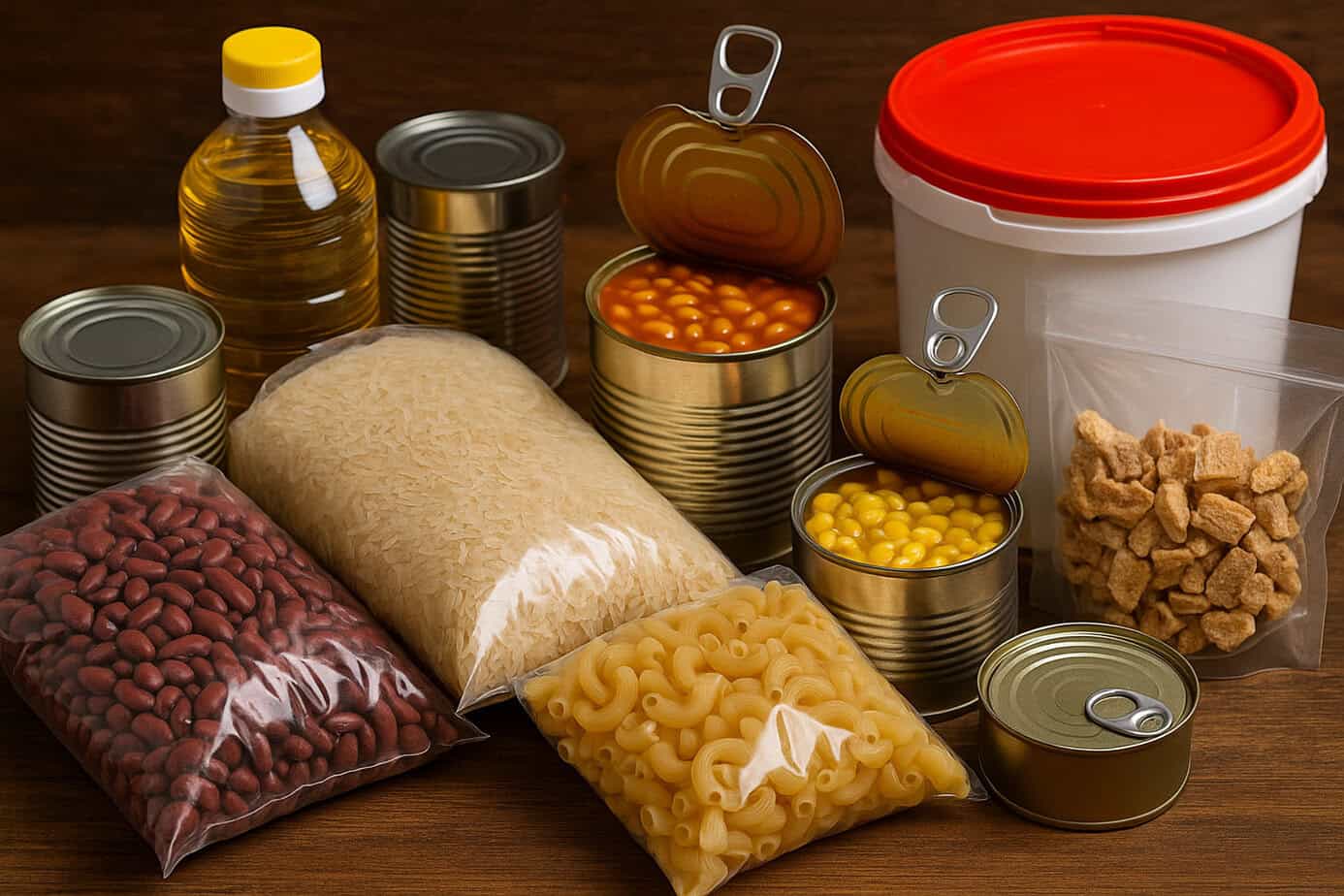The difference between starving slowly and surviving winter wasn’t protein, it was fat. Every old European culture knew this long before electricity, supermarkets, or the idea that “lean meat” was somehow noble.
food independence
How to Make Molasses at Home: The Forgotten Survival Sweetener Every Prepper Should Know
Before we get rolling, here is a quick intro to set the scene. For generations across the American South, Appalachia, the Great Plains, and the northern beet belt, families made their own sweeteners because sugar was expensive, hard to find, or sometimes unavailable for months at a time. Learning how to make molasses at home was a normal seasonal ritual and a lifeline skill. What we call a hobby today was a survival tactic then. With more preppers rethinking their food systems, this old skill is quietly making a comeback.
Advanced Amish Survival Foods: Grains, Meats, and Shelf-Stable Mastery
In the first part of our Amish Survival Foods series, we uncovered the foundation, cornmeal, canning, and the quiet art of preservation. Now we go deeper as this second half reveals the advanced off-grid techniques that make Amish pantries legendary: wax-sealed cheeses that last for months, sugar made from beets, schnitz dried under autumn sun, and grains milled by horse-power instead of electricity.
Amish Survival Foods: Time-Tested Pantry Secrets From a Culture That Lives Without the Grid
If you’ve ever stepped inside an Amish kitchen, you’ve seen the kind of food security most preppers only dream of rows of jars glowing like stained glass, crocks of lard sealed tight, and shelves lined with grains older than the internet. For the Amish, survival isn’t a plan, it’s a rhythm of life. No generators, no freeze-dried kits, just discipline, faith, and centuries-old methods that make electricity optional.
How to Buy Survival Food That Actually Lasts: A Real Prepper’s Guide
From personal experience I can tell you that most people have no clue how to buy survival food that actually holds up. They see a big, shiny bucket with “25-Year Shelf Life!” slapped on it and think they’re set for the apocalypse.
Flour Shelf Life: How to Store It for 10+ Years Without Bugs or Spoilage
When most folks think about stockpiling food, they picture buckets of rice, beans, and salt, but flour shelf life is what quietly determines how sustainable your food supply really is. You can have all the grains in the world, but if your flour turns rancid or full of bugs, you’ve lost more than calories, you’ve lost comfort, barter value, and baking flexibility.
Long Term Food Storage in Basement (Part 1): Why It Works and How to Build It Right
If you’ve ever stood in your basement and thought, “This could be my backup pantry if things ever went sideways,” you’re already thinking like a seasoned prepper. For decades, basements have been the quiet stronghold of food security in American homes, cool, dark, and out of the way.
Survival Gardening in Small Spaces: Grow Essential Foods Without Land (Part 2)
Welcome back to our comprehensive guide on survival gardening in small spaces. In Part 1, we established the fundamental principles, assessed space requirements, reviewed essential tools, and selected optimal crops for survival gardening in small spaces. Now we’ll explore advanced techniques that transform basic setups into highly productive, self-sustaining food systems.
Survival Gardening in Small Spaces: Grow Essential Foods Without Land (Part 1)
Food systems have become fragile in ways most people never notice, until a disruption hits. A few empty shelves at the grocery store might not seem like much, but they’re an early warning sign. Supply chains are optimized for convenience, not resilience.
The Best Long Shelf Life Foods in 2025 (Freeze-Dried, Storage Secrets, and Real Prepper Math)
Staples are the backbone. But let’s be honest, after your fifth straight week of rice and beans, morale starts to sink. That’s where freeze-dried and commercial survival foods step in. They’re not meant to replace staples, but to layer on top of them, variety, convenience, and long shelf life without the daily grind of grinding wheat or soaking beans.
The Best Long Shelf Life Foods in 2025 (Staples That Outlive You)
There’s no getting around it, when everything goes dark, food becomes time. And time is survival. You can have a closet full of gadgets, the best rifles on the market, even a top-tier bug-out bag, but if your food stash turns rancid or runs out too fast, you’re not surviving much of anything.
Cooking Cheap And Nutritional Meals From Your Survival Pantry
You’ve stockpiled beans, rice, and canned goods—the foundation of every smart prepper’s cheap and nutritious meals plan. Maybe you’ve even added powdered milk, a few spices, or those bulky #10 cans of freeze-dried veggies from Mountain House.
Easiest Perennials To Grow To Produce Food Year After Year
When it comes to self-sufficiency, few things are as satisfying as planting a garden that keeps on giving. For preppers and survivalists, perennials are the ultimate hack—plants that come back year after year with minimal effort.
